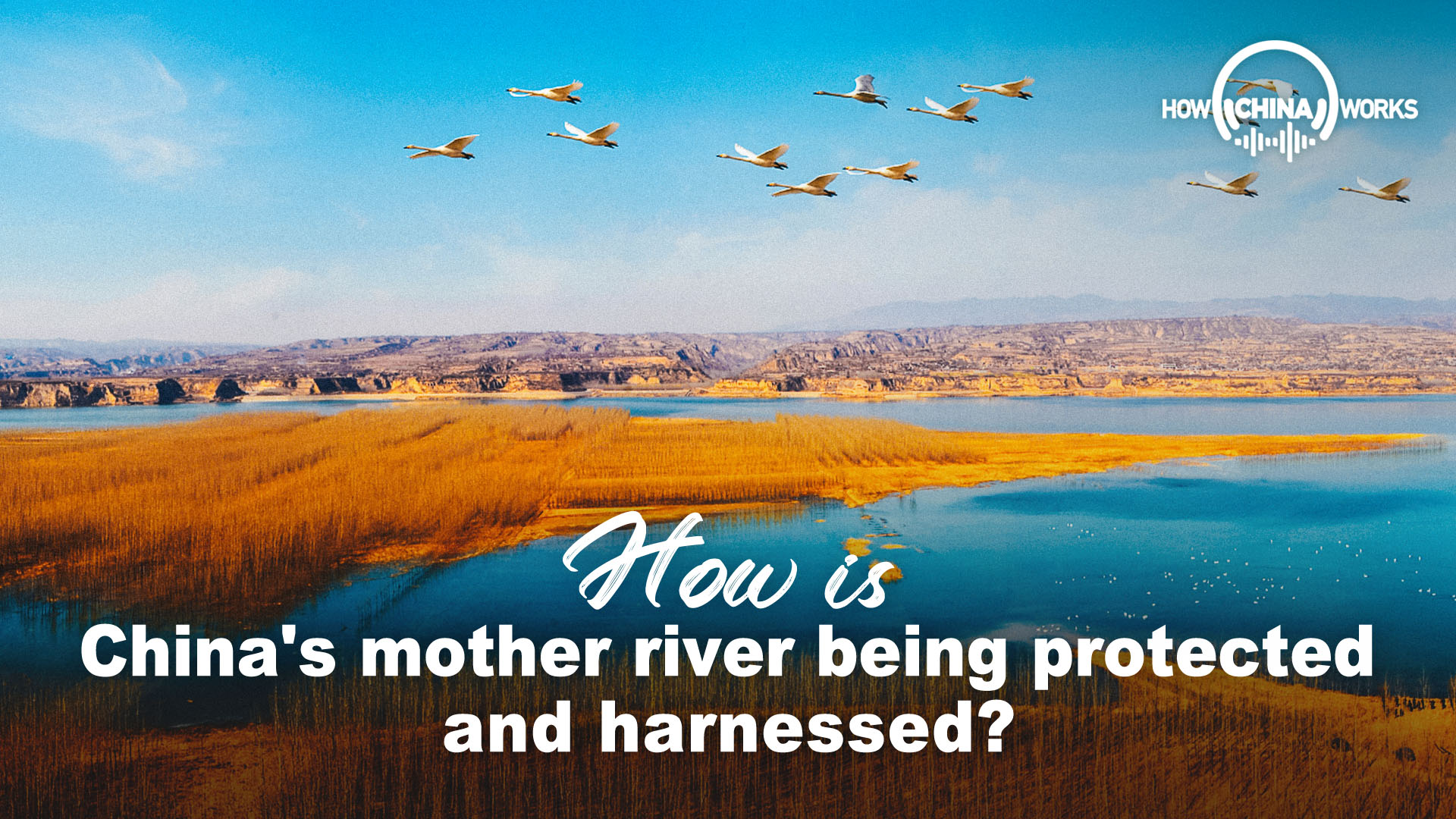By continuing to browse our site you agree to our use of cookies, revised Privacy Policy and Terms of Use. You can change your cookie settings through your browser.
- FEATURES
- PODCASTS


I have pointed out that to harness the Yellow River, priority should be given to eco-environmental conservation and the key lies in eco-environmental governance. We need to protect mountains, waters, forests, farmlands, lakes, and grasslands, and address all degradation at source in a coordinated way. We should strengthen coordination and cooperation in our work to promote high-quality development of the Yellow River Basin. Lucid waters and lush mountains are invaluable assets. We must act on this understanding, advance eco-environmental conservation as a priority, and pursue green development. We should use the water resources of the Yellow River as its capacity permits, and adopt differentiated measures appropriate to local conditions. We need to make comprehensive plans and joint efforts to protect the ecosystem along the upper and lower reaches, the trunk stream and tributaries, and along both banks of the Yellow River. We should better protect and restore its ecosystem, keep the Yellow River harnessed, promote high-quality development of the Yellow River Basin, improve local people's lives, and preserve and keep alive the Yellow River culture. By making these efforts, we can make the Yellow River deliver more benefits to our people.
To be specific, we need to do the following:
First, strengthen eco-environmental protection. We should take into account the different conditions on the upper, middle and lower reaches of the Yellow River and protect its ecosystem as a whole. In the upper reaches, we need to launch a number of key programs for protecting, restoring and developing the local ecosystem and improve water conservation, particularly in the Sanjiangyuan Natural Reserve in Qinghai, the Qilian Mountains area bordering Qinghai and Gansu, and the Gannan water conservation area in Gansu. In the middle reaches, we need to focus on soil and water conservation and pollution control. Conserving soil and water does not just mean digging pits and planting trees. As the Loess Plateau has less rainfall, before taking action, we should find out whether the land is suitable for tree-planting and what varieties are appropriate. Where conditions permit, more rainfed terraces and silt trap dams should be built. In some places, we need to improve natural eco-restoration, reduce human interference, and thus improve the climatic conditions there. We must step up efforts to clean up severely polluted tributaries such as the Fenhe River. In the lower reaches, the Yellow River Delta is the most intact wetland ecosystem in China's warm temperate zone. We must keep it well protected, maintain a sound river ecosystem, and increase biodiversity.
(Source: Extract from Xi Jinping's speech at the Forum on the Eco-conservation and Quality Development of the Yellow River Basin, September 18, 2019.)
This episode is presented by Michael Wang.




